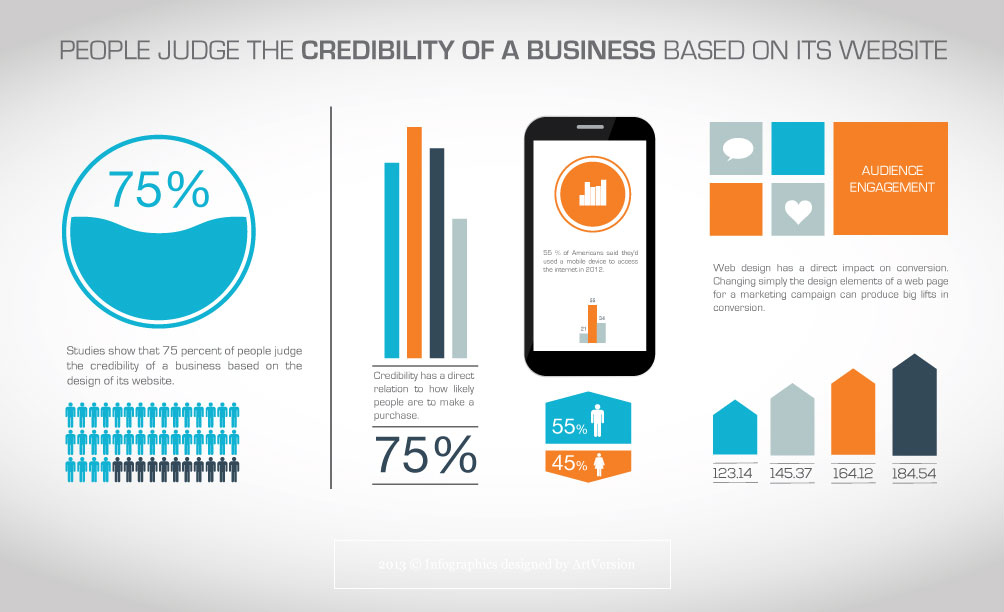Core Principles Of Internet Site Design: Advice For Crafting A User-Friendly Online Visibility
Core Principles Of Internet Site Design: Advice For Crafting A User-Friendly Online Visibility
Blog Article
Written By-Hall Neville
When it comes to website design, making sure user-friendliness is essential. From receptive style to structured navigation, every element plays a vital duty in producing a website that caters to your target market's demands. But what concerning the finer information that can make or damage a customer's browsing experience? Remain tuned as we reveal some often-overlooked suggestions that can raise your web site's usability to the following level, making it truly stick out in the electronic landscape.
Significance of Responsive Layout
Responsive design is a critical element of modern-day website growth. Ensuring your internet site is responsive ways that it can adapt to various display dimensions and devices, providing a seamless experience for customers.
With the increasing use of mobile phones and tablet computers to access the net, having a receptive layout is vital for getting to a broader target market. It aids in boosting customer experience by making your web site very easy to navigate and read on any kind of tool.
In addition, receptive layout can positively influence your internet search engine rankings, as internet search engine like Google focus on mobile-friendly sites. By having a responsive design, you're also future-proofing your site, as new tools with differing screen dimensions remain to emerge.
Simplify Navigation Framework
To boost user experience and promote very easy access to details on your site, streamlining the navigating structure is vital. When creating your website, concentrate on producing a clear and intuitive navigating menu that assists visitors find what they're searching for swiftly.
Limit the number of menu items to the basics, grouping associated web pages with each other to prevent frustrating customers. Usage detailed labels that clearly suggest the web content of each page, making it much easier for customers to comprehend where each link will certainly take them.
Consider executing dropdown menus for subcategories to prevent littering the primary navigation bar. Additionally, include a search bar prominently on the page for individuals that favor searching for details information.
Prioritize mobile responsiveness in your navigating layout to ensure very easy access on all tools.
Enhance Web Page Lots Rate
Improving page load speed is important for retaining visitors on your website. Slow-loading pages frustrate users and can bring about high bounce rates. To enhance page load speed, beginning by maximizing photos. Press photos without jeopardizing top quality to reduce their file dimensions.
Additionally, enable web browser caching to save often accessed resources in your area, quickening load times for returning visitors. Minify CSS, JavaScript, and HTML data by removing unneeded characters, remarks, and format, improving load speed.
Take into consideration using a material distribution network (CDN) to distribute your website's web content throughout numerous servers worldwide, reducing latency for customers accessing your site from various locations. Finally, limit the use of third-party manuscripts and plugins, as they can dramatically influence load times.
Verdict
Finally, by including receptive layout, simplifying navigating, and enhancing web page tons speed, you can create an user-friendly web site that appeals to a wider target market and improves user experience. These essential elements guarantee that site visitors can quickly accessibility and navigate your site across different devices, causing enhanced interaction and complete satisfaction. By concentrating on https://www.searchenginejournal.com/create-google-friendly-content-similarweb/442393/ , you can construct an effective site that keeps users returning for more.
